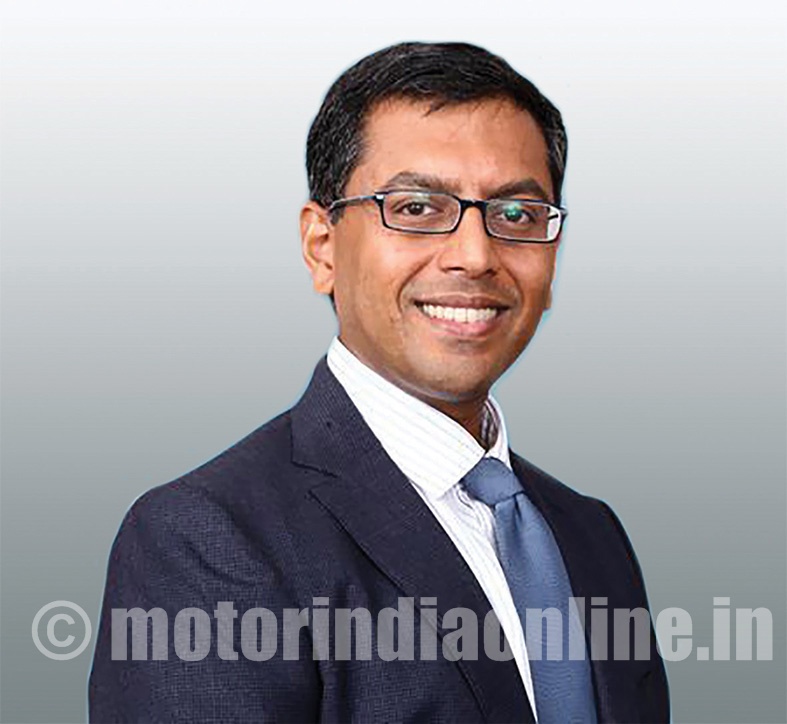
Mr. Arvind Balaji, President of the Automotive Component Manufacturers Association (ACMA), and the Joint Managing Director of Lucas-TVS Ltd., has stated the most significant development in the automotive and allied industries will be the BS-VI emission adoption by 2020 and a whole bunch of new technologies associated with it.
He gave his expert views on the emerging situation in a free-wheeling discussion with MOTORINDIA.
Excerpts:
How is the auto component industry performing now? What is the projected outlook?
We recently had a press conference wherein we announced the new ACMA numbers. The first quarter has been pretty good, and we have seen revival in all the segments of the (vehicle) market. While some have performed exceedingly well, others have reported a revival in demand. We expect that with a good monsoon, the rural economy should also pick up, leading to more demand in the tractor, two-wheeler and utility vehicle segments. It seems there are some ups and downs here and there month wise. But I don’t think it is a fundamental change as the growth is still coming back. We are hopeful that this year will be a distinctly positive year going forward, and we hope that the steps that the Government has taken to boost infrastructure spend will continue to drive investment in the sector.
The CV industry is believed to have revived recently. So will it be fair to say that there will be a pick-up in orders from this segment?
The CV industry by its very nature is cyclical and will eventually have a downturn. The M&HCV segment has actually been growing over the last few years. It depends on what point of the cycle it will turn. But, as of now, we continue to see good growth as different segments of the CV industry are growing depending on the projects on hand. Right now, a lot of construction work is happening and those kind of products are selling more. So we are quite hopeful about this industry. There is a change of norms too that will affect the customers’ buying pattern. But, in the overall scenario, this segment should be doing okay. Any further changes would depend on the overall economic cycle.
What about the changing trends in the auto component industry?
The biggest change in the automotive and allied industries will be BS-VI emission adoption. There will be a whole bunch of new technologies coming in. The Indian market is also very price competitive. So these technologies should be affordable enough for Indian consumers. We are doing it at a pace which is much faster than the rest of the world. So it would be quite dramatic for just the sheer engineering effort to get to that level. There is also wider adoption of safety legislation in the country, such as ABS, airbags, etc. These technologies are would have a lot of traction in the market.
Further, more and more electronic products are being introduced in the market at a faster pace. We are also seeing the introduction of electrification technologies. The question is how fast it adopts and how quickly this technology picks up depends on a combination of technology maturity, customer demand and Government policies. There is never one criterion that will drive this growth.
The ‘Make in India’ campaign is one of the major initiative taken by the Prime Minister, Mr. Narendra Modi. How does the industry perceive it?
The ‘Make in India’ initiative of the Government is obviously very exciting for all of us. The more products that are made in India, the more manufacturing is incentivized thereby. Obviously, the auto component industry is very excited about it. The Government has sought our recommendations and we have started offering them. So, the faster those things happen, the better it is for the industry.
Lastly, what is your vision for the industry?
The Automotive Mission Plan 2016-26 (AMP 2026) has set the targets for the industry, and all the Indian companies are trying to attain the global standard with the latest technologies available.